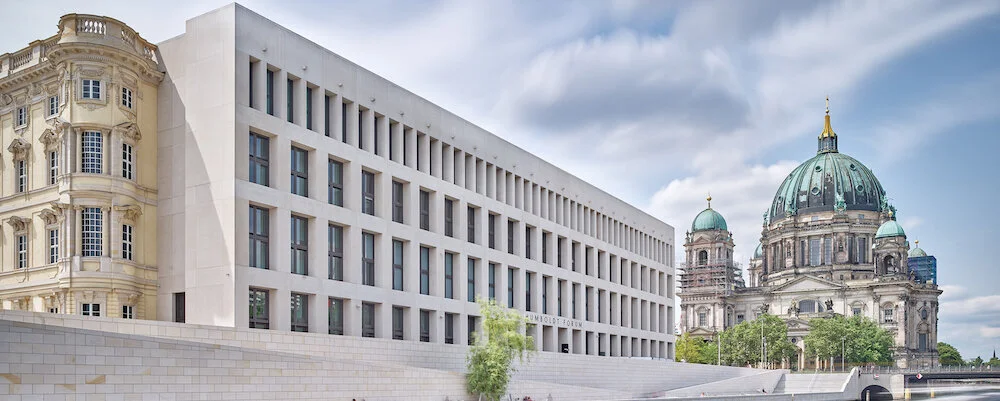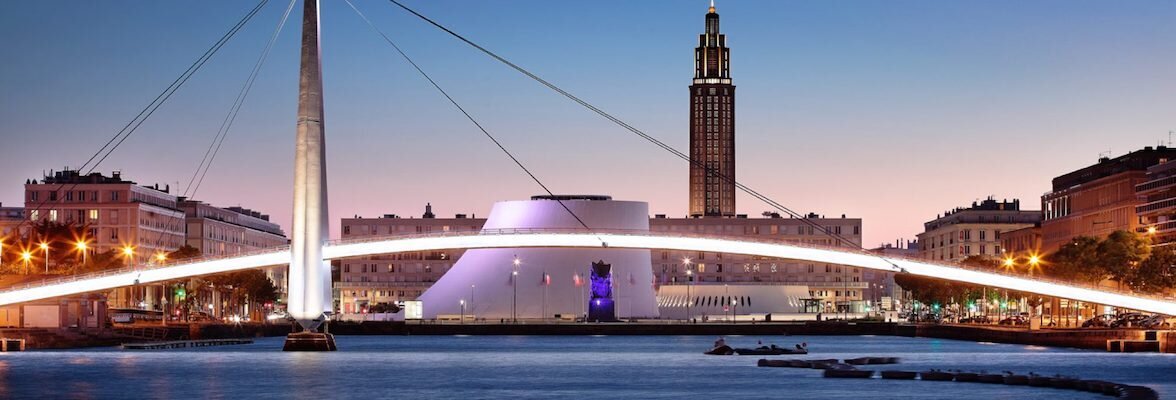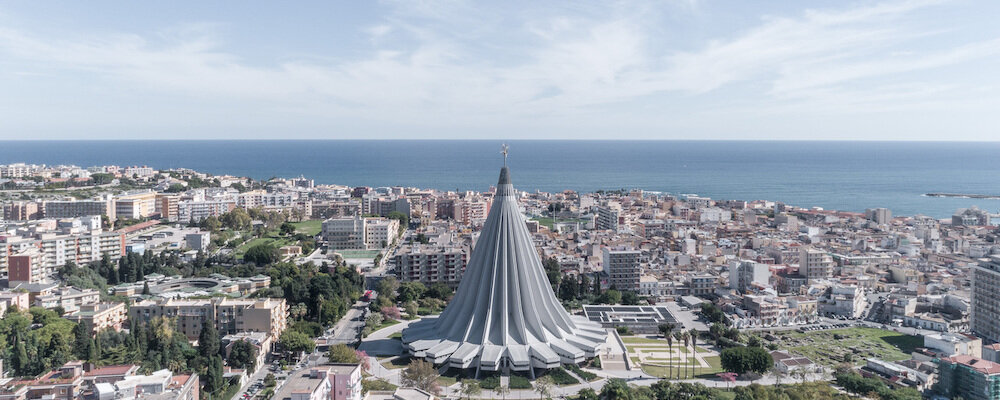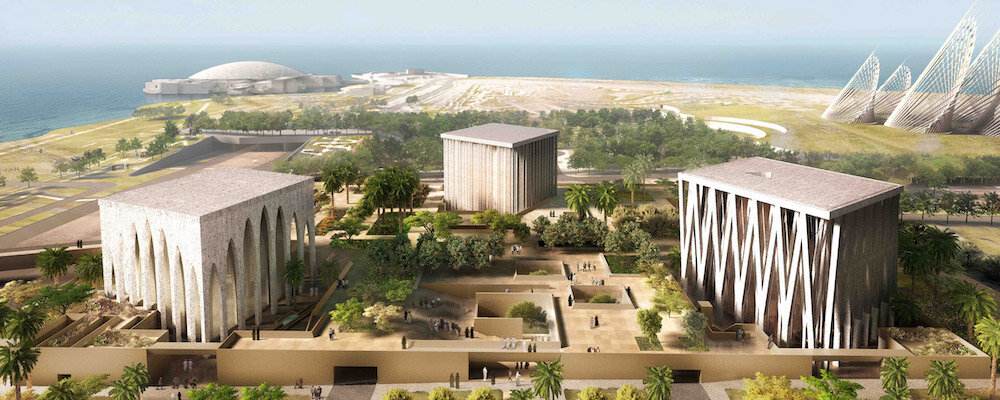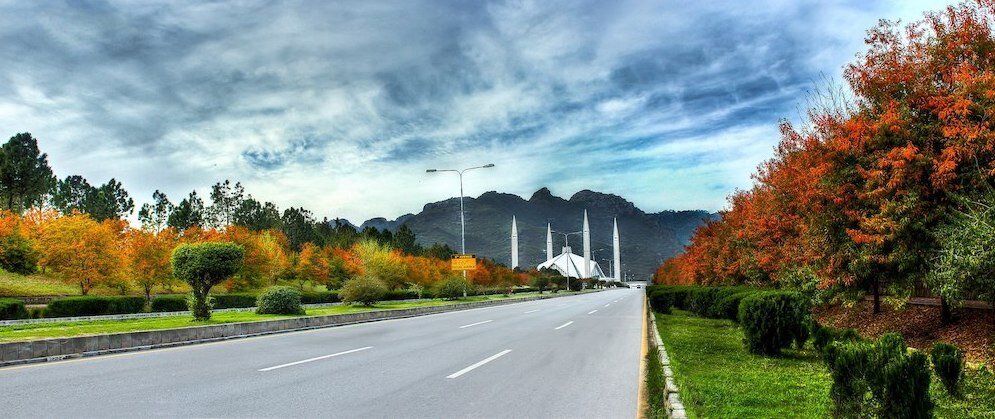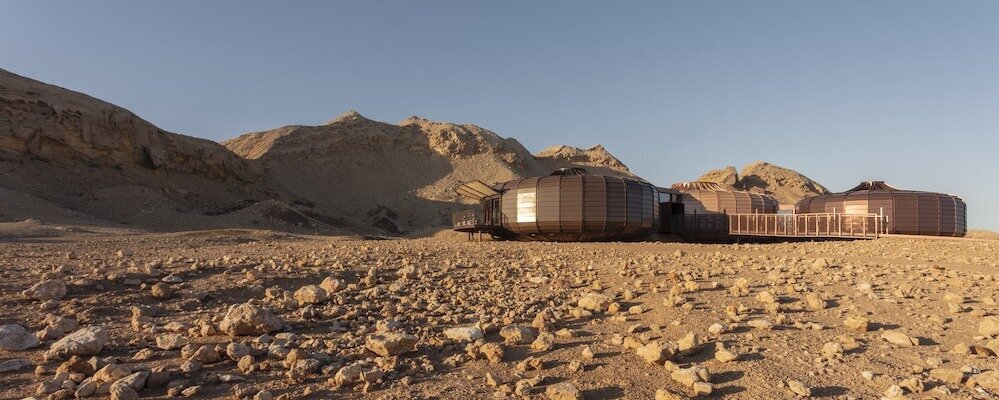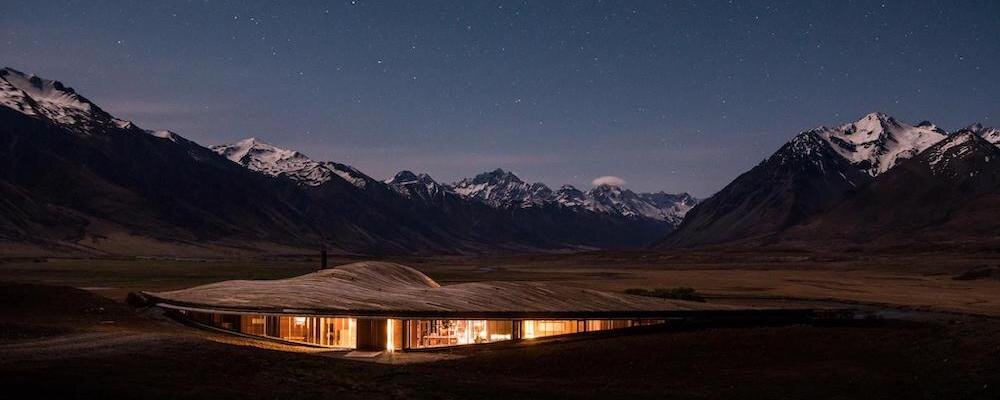#Landmark - Eglise St Joseph in Le Havre
Here’s an indisputable but rather unknown landmark in France: the Saint Joseph’s Church in Le Havre, France.
During the Second World War, Le Havre was almost entirely decimated by the British. From 1945 to 1964, the City Council commissioned Auguste Perret and his studio to head the rebuilding of the entire city.
St. Joseph's was built between 1951 and 1957/58. It acts as a memorial to the five thousand civilians fallen and the usual sanctuary dedicated to a patron saint; in this case Saint Joseph, fittingly the patron saint of a happy death, fathers, workers, travellers, and immigrants.
Its skyscraper-like appearance culminates at 107 m height. The tower is finished in 1957 and the church is handed over to religious authorities in 1959. The main altar and dais by Guy Verdoïa are added in 1964; the church is consecrated the same year. It was added to the French Historic Monuments List as early as 1965.
Auguste Perret was the teacher and mentor of Le Corbusier. His vision created a building resembling a lantern, now fondly referred to as the “lantern tower” or the “lighthouse at the heart of the city.” It is said that the tower can be seen as far as 60 kms in good weather. He died in 1954 and could not see his masterwork finished in time.
Made of concrete, St Joseph's is a product of modern architectural innovation in Post-War France. The tower acts as a beacon visible from out at sea, especially at night when illuminated.
The realisation is not complete until you cross the threshold into St Joseph’s, when the complicity between the concrete poet and master glassmaker Marguerite Huré explodes before your eyes: made entirely of openwork on its eight sides, the lantern tower perfects the liturgical principles thanks to the 12,768 multicoloured hand-blown stained-glass windows which, in a cleverly reinvented religious mysticism, touch the soul of the stunned visitor.
Marguerite Hiré contributed to the rebirth of sacred art in France in the early twentieth century.
She previously worked with Perret for the Eglise de Notre-Dame du Raincy.
She developed a style “sans images” (with imagery) or words, using colour to convey her desired theme.
Huré and Perret shared a desire to reject decorative art in preference of constructive art that was collectively understated yet awe-inspiring and told a story or promoted further improvement/advancement.
The compact nave's architectural lines lead the eye to the altar and then up to a three-tiered, square base with triangular supporting structures.
The triangular supports point the eye to the octagonal column that makes up the majority of the tower.
A singular, chunky, spiral staircase rises from the base of the octagonal shaft to the bell room.
Separated into 18 layers, each side of layers 2 to 17 exhibits an identical, geometric pattern made of wood and elongated stained glass. Revived in the nineteenth century, Huré used the “antique” glass making technique that involves mouth-blowing the colored glass to achieve the desired shape.
The repeated pattern reflects Huré's dedication to the symbolic power of colour and her rejection of iconographic representation. Each side of the octagon has its own distinctive colour combination of four to six colours repeated up each layer of the side. Using a selection of seven primary colours (orange, yellow, green, purple, red, greenish and white), Huré manipulated each base colour to make a total of fifty different hues.
The pattern appears different depending on how close the viewer is to the windows. From far away the very geometric, organised pattern softens, the colours meld to create new hybrid colours, and the glass's shapes converge to become four dumbbell-like columns on each half of the side.
The bottom of the tower has the strongest harmonised hues that gradually lighten on the way to the top giving the impression that the light comes from above, through the lighter glass.
Huré organised the colours based on the cardinal directions with the dead wood and red colours on the North side, green and purple to the East, golden shades to the South, and pink and orange shades to the West.
The overall feel of this tower is that of being in a kaleidoscopic tunnel whose colours converge to create a “symphonic poem”, an overwhelming assault of colour.







